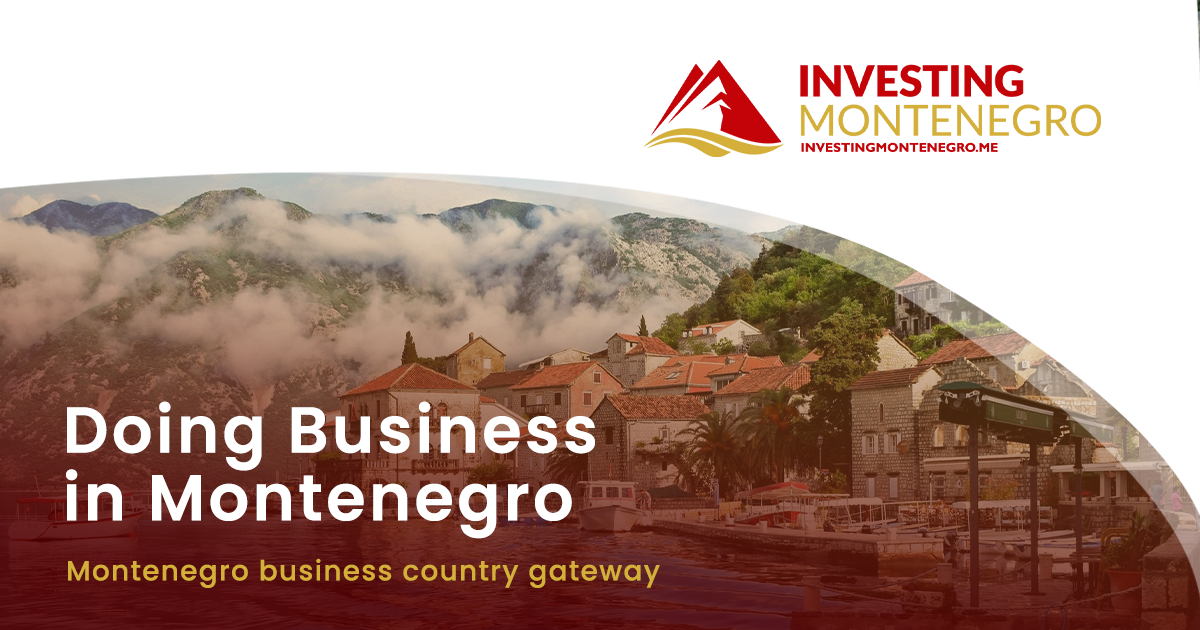Montenegro’s Electricity Exchange (BELEN) was founded in 2017 and has primarily functioned as a wholesale marketplace for electricity trading, indirectly influencing consumer prices paid by households, businesses, and the economy, according to Dejan Drašković, the executive director, in an interview with “Vijesti.” As Montenegro moves towards joining the European Union and connecting with the European market, Belan aims to evolve into the benchmark exchange whose prices will directly impact end consumers.
Currently, the exchange counts 27 registered participants, comprising energy companies, major traders, suppliers, and significant electricity consumers from Montenegro, the region, and the EU. This reflects a tangible interest in the Montenegrin market and acknowledges its potential. Last year, electricity exports accounted for one-third of Montenegro’s total exports.
Electricity prices in Montenegro have remained among the lowest in Europe and have seen minimal fluctuations over the past decade. The Energy Regulatory Agency regulates and sets prices for households and most sectors of the economy based on legal standards approving costs for energy companies, which are reflected in consumer bills.
The prices from the exchange currently exert an indirect influence by incorporating costs for the Montenegrin Transmission System (CGES) and Montenegrin Distribution System (CEDIS), covering technical losses. This led to a slight increase in the CEDIS component of electricity bills earlier this year.
However, this scenario is expected to change in the near future.
“The price paid by consumers is regulated, hence our exchange’s impact on the final energy price to consumers remains minimal for now, as we are not yet the definitive exchange for price setting. Given that it’s a wholesale market, the current prices set there serve as a signal more pertinent for investors eyeing future projects in Montenegro. Nonetheless, with our market’s integration into the European market, the price established within the Montenegrin price zone is anticipated to become the standard price in calculations for end consumers,” Drašković explained.













